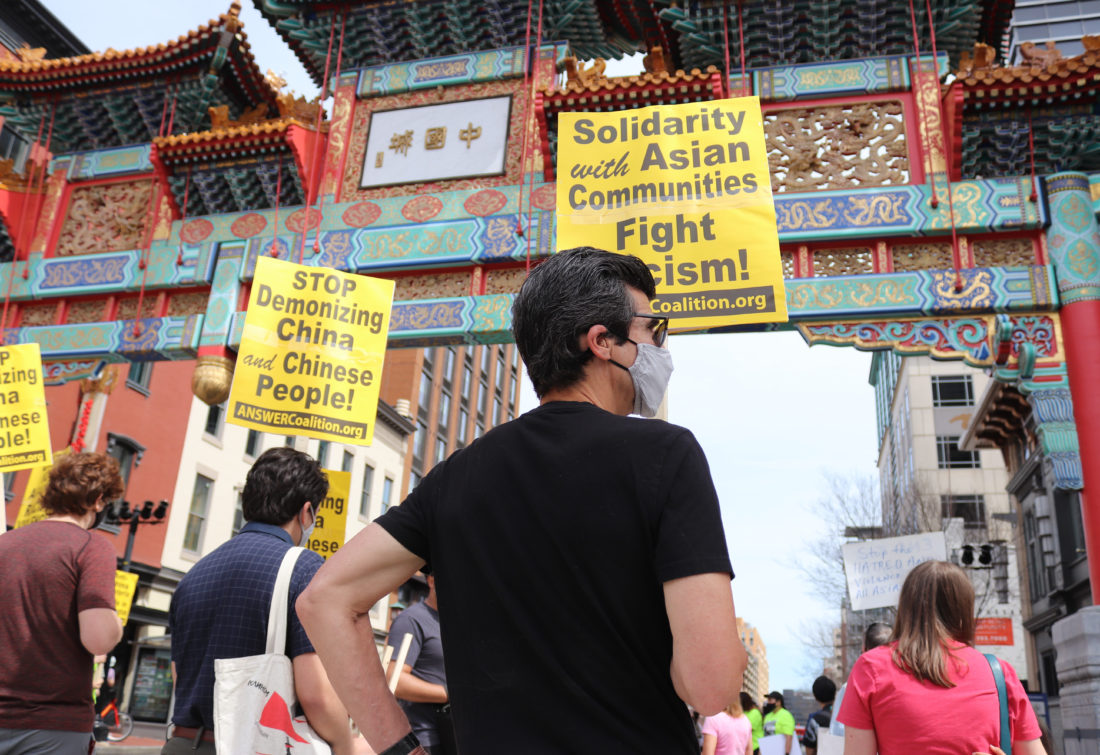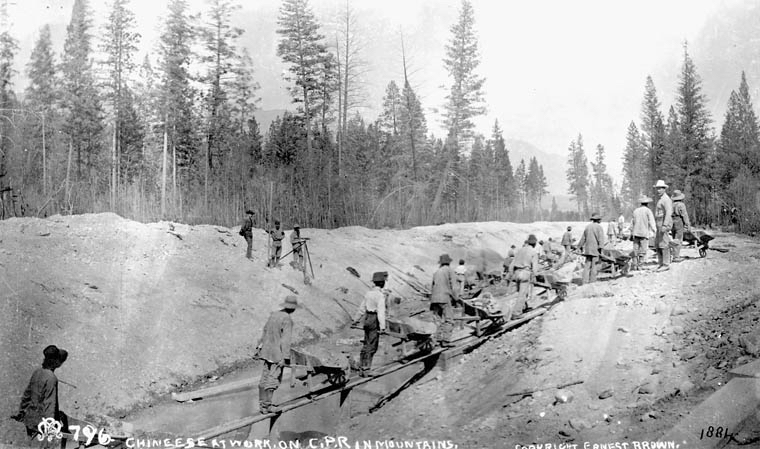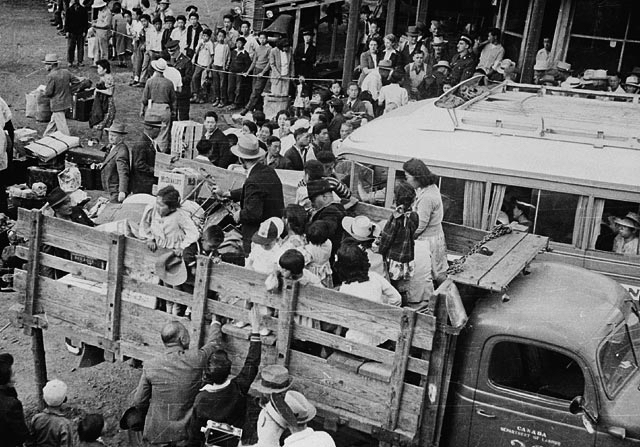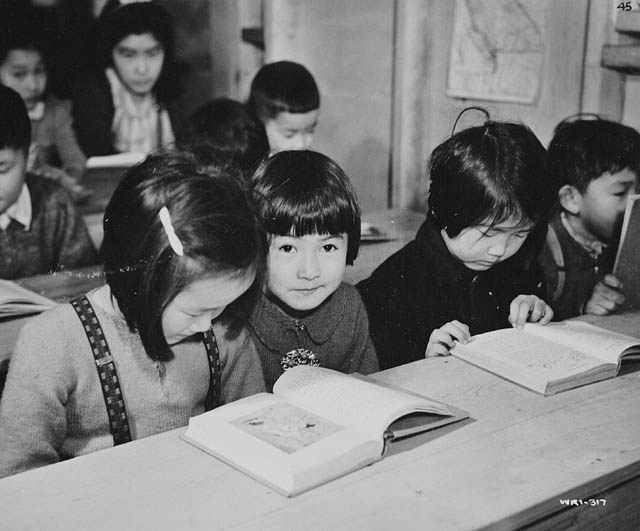
During the COVID-19 pandemic, discrimination has affected more than half of all Asians Canadians, and as someone who is Chinese, I see racism frequently being met with dismissal — a far cry from Canada’s stance as an anti-racist country.
The denial of anti-Asian racism shows a lack of education about the issue because many Canadians have little to no knowledge of the systemic racism Asians have faced centuries ago.
I’ve been raised in an environment where I believed in the model minority myth — the belief that Asians are quiet, hardworking “ideal” immigrants that excelled at maths and are generally wealthy. As a result, I also believe that Asians had a veil of privilege to them — after all, if they could succeed, it surely would be because their environment allowed them to.
My view on the model minority privilege became dismantled when I was awoken by a wave of COVID-19-related racism — something that unfortunately has increased because of people blaming Asians for spreading COVID-19.
When I saw the videos of people getting verbally assaulted, blamed and physically attacked for bringing COVID-19 to Canada — I knew that Asians were just collateral damage in a time of a national crisis. When I saw responses to the Atlanta spa shooting — where six of eight victims were of Asian descent — excuse the perpetrator as having “a really bad day,” I also realised that tackling anti-Asian racism was not a priority.
But this downplaying of anti-Asian racism only means the hate crimes against Asians deserve more scrutiny and research by society, because ever since Asians have arrived in Canada, they have been subject to numerous human rights abuses.

An early example was when, to build the Canadian Pacific Railway in Western Canada from 1881-1885, 15,000 labourers came from China. Upon the completion of the railway, the Canadian government restricted Chinese immigration because their labour was no longer needed.

As a result, Chinese Canadians were taxed to enter Canada in 1885 — at $50, then $100 and finally $500 — figures that took up a significant amount of their average yearly earnings of $300.
But the Chinese population in Canada still surged despite measures preventing them from entering the country — so the government of Canada imposed the new Chinese Immigration Act. The act banned all Chinese immigrants from entering Canada for 24 years, and was
only lifted at the end of the Second World War.
The Second World War brought another devastating fate for another group of Asians. With the implementation of the War Measures Act, 12,000 Japanese Canadians were put into internment camps.

Canadian Prime Minister William Lyon Mackenzie King made the decision to imprison the Japanese partly because he feared that they would aid in Japan’s imperialist regime by becoming spies. Japanese people that have been living in Canada their whole lives were suspected of not having loyalties to the Canadian government.

Thinking about the injustices that Japanese Canadians faced makes me realise that the War Measures Act was just a racist ploy that was justified for national security.
Now, to fast forward to 2022, racism has become worse during the COVID-19 pandemic. If we choose to remain silent, history may repeat itself. After all, what started as a distaste towards Japanese people by the Canadian public festered into something more sinister.
Many efforts can still be made to address the increase in hate crimes — Asian Pacific American Heritage Month can be seen as a moment of reflection and representation of AAPI voices, and more significant AAPI loan funds could be introduced by the Canadian government.
If nobody speaks up to make activism a necessity for repairing the damages of history, then the collective traumas that Asians face — both now and then — are going to be buried.
—
This op-ed was written by a University of Saskatchewan undergraduate student and reflects the views and opinions of the writer. If you would like to write a reply, please email opinions@thesheaf.com. Annie is a first-year undergraduate student studying Psychology, and a Staff Writer at The Sheaf Publishing Society.
Photos: As Credited